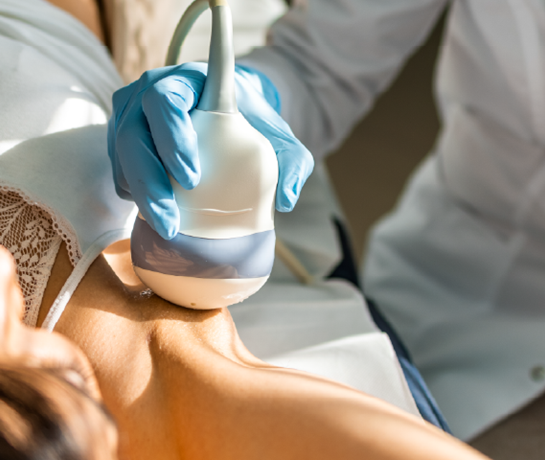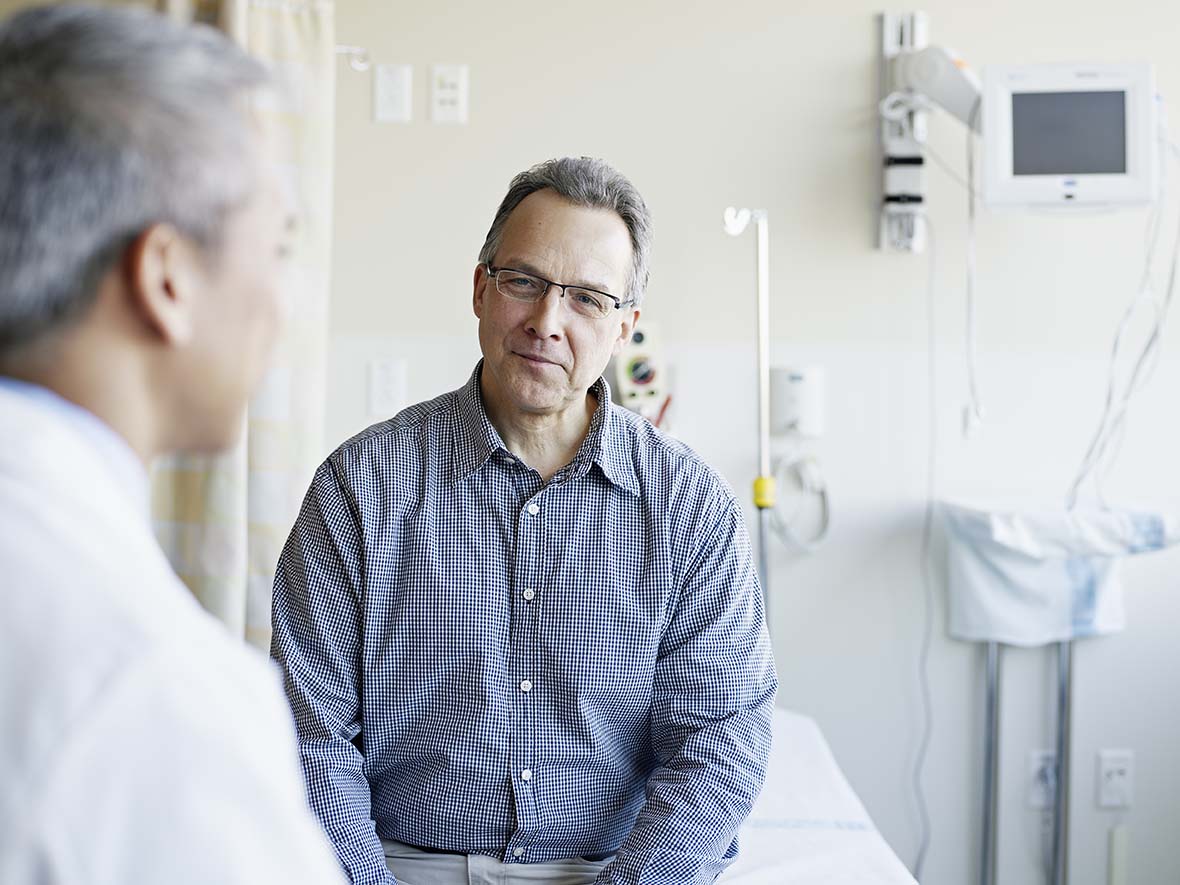

Get the latest breast health and cancer screening advice to help you live a long and healthy life. Breast health begins with knowing your cancer risk.
Certain factors increase your risk:
- Being born female
- Being age 50 or older
- Having a family history of breast cancer or ovarian cancer
- Having dense breasts
- Experiencing early menstruation (before the age of 12)
- Having late menopause (after the age of 55)
What age do breast cancer screenings begin?
Health experts at the U.S. Preventive Services Task Force recommend women begin breast cancer screening starting at age 40. Women of average risk aged 40-76 should have a mammogram every two years. Individuals who are considered high risk for breast cancer may begin screening earlier or undergo screenings more often. Talk with your doctor or health care provider about your risks.
Which test is right for me?
That’s a great question for your doctor. Research has supported the belief that earlier detection can lead to less aggressive treatment and improve the likelihood of a better outcome. Work with your doctor to choose the right test and establish a schedule of how often to go.
Should I get a mammogram?
The answer is yes! Routine mammograms can help monitor for changes in the breast tissue over time. A mammogram takes a low-dose x-ray of the breast from different angles and can detect small changes before a physical symptom, like pain or a lump, is detected.
What’s the difference between a conventional mammogram and the newer tomosynthesis?
For both tests, your breast will be placed between two plastic paddles and flattened for a better image of the tissue. The conventional 2D mammogram creates two-dimensional pictures of the breast, whereas the tomosynthesis, or digital 3D mammogram, takes multiple more detailed pictures of the breast. Both tests take only a few minutes, and the results are sent to your doctor.
Did you know every health plan covers a conventional 2D mammogram because of the Affordable Care Act?
Mammograms are a covered benefit under preventive care. Not all health plans cover the digital 3D mammogram, so check with your plan to see if it is. Some may only cover the 3D version when indicated due to individual health risks.
So, what is the best test?
The best test is the one you get regularly. Keep up with the recommended frequency—as often as your doctor or health care provider advises. Early detection is critical!
References:
- What are the risk factors for breast cancer? | CDC
- What is breast cancer screening? | CDC
- Recommendation: Breast cancer: Screening | U.S. Preventive Services Task Force (uspreventiveservicestaskforce.org
To learn more about breast cancer screenings, email contactknovasolutions@workpartners.com or call 1-800-355-0885 (TTY: 711). We are available Monday through Thursday from 8 a.m. to 8 p.m. and Friday from 8 a.m. to 5 p.m. local time.





